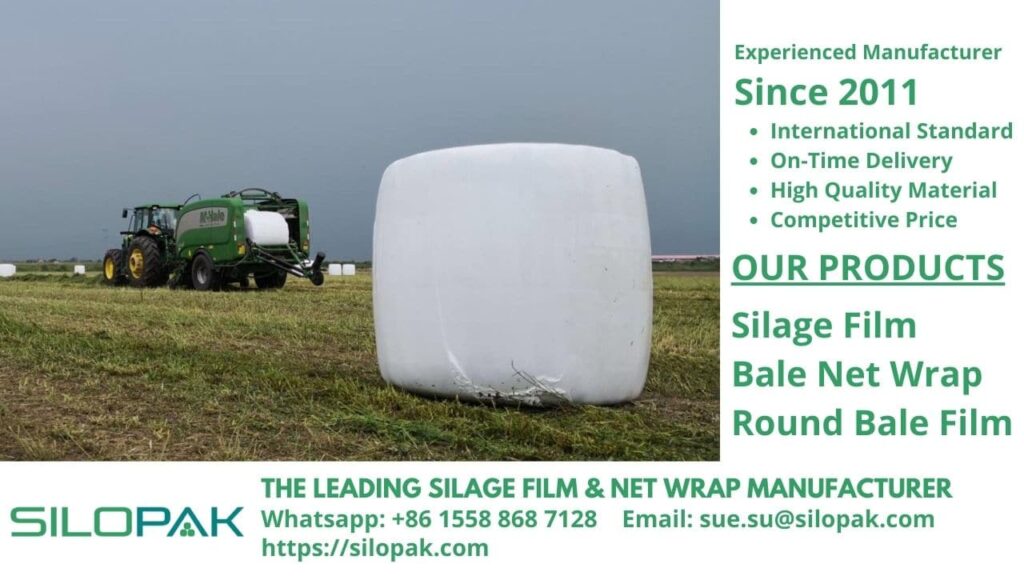
Corn is the one of staple food liked by livestock. It can be fulfilled the requirement of the livestock as an energy source, is easy to store, can be produced on a large scale, is easy to use with other food ingredients, and corn is a good source of carotene. The drawback of corn is that it is deficient in protein content so in animal feed it must always be used together with protein sources such as leguminous plants.
If you are a breeder, you have to know about this feed process which is corn fermentation. It should be useful to make another food variant for your livestock. So, the followings are detailed information regarding fermented corn as a staple food for livestock.
contents
Corn Fermentation Content
Fermented corn is a staple food source of carbohydrates and protein which has a high chance of being developed because of its role as the main energy source after rice. Corn has a complete nutritional content such as minerals and vitamins compared to other types of plant sources of carbohydrates.
Almost all parts of the corn plant can be used as animal feed ingredients. However, breeders usually use leftover waste from corn processing, such as cobs and other parts that are not processed, such as stems, leaves, and young fruit from corn plants.
Corn is rich in crude fiber content. The older the corn plant, the higher the crude fiber it contains. High crude fiber will be difficult to digest by the rumen of livestock. Dried corn plants also have a high crude fiber content. So the best feeding for livestock is when the corn plants are still freshly harvested. Corn plants that are still wet contain high vitamins and minerals.
Where Can We Get Fermented Corn Feed?
You can get corn from agricultural waste, including forage sources, which are available in abundant quantities and is easy to obtain. Most of the agricultural waste can be used for animal feed ingredients. Utilization of food crop agricultural resources in the form of waste as a source of animal feed is an efficient step in overcoming the shortage of grass production. A variety of agricultural wastes that have great potential as a source of forage is corn plant waste.
The problem in utilizing agricultural waste, especially corn plants, is that there are only a large number of them at harvest time. A large amount of waste is only currently a problem because livestock needs feed every day, not only during harvest.
To overcome this problem, it is necessary to treat the overflowing waste during harvest so that it can be stored for use at any time. Several technologies for processing animal feed ingredients that are frequently applied are hay, ammoniation, and fermentation (silage).
Corn plant waste will be digested by livestock through a fermentation process to meet the fiber needs of livestock. Before being given to livestock, corn plant waste must be processed first into small pieces so that it is easier for livestock to digest it. The finer the cut of the stems and leaves of the corn plant, the easier the digestive process for livestock. There are 3 ways of serving feed for livestock, namely serving it in fresh form, complete feed, and corn fermentation. Waste from corn plants can also be fermented in advance for 3-4 days so that it can be stored and used for a long time.
How to Ferment Corn Silage?
The corn fermentation process uses white rot fungi (white rot fungi). This fungus can secrete enzymes that break down cellulose and lignin so that the digestibility of the waste will increase.
One of the mushrooms that are often used is the Trichoderma mushroom. This fungus includes cellulose-producing fungi so it is widely used for fermenting agricultural wastes. Fermentation will usually increase the nutritional value or digestibility value of the dry matter of a material and can also cause the material to become more palatable for livestock.
Corn fermentation is a feed processing to increase the shelf life and quality of feed. In the process to make of Corn fermentation, the main ingredient must have a moisture content of around 60% so generally plant wastes have to be dried about 2-3 days after harvest.
All parts of the corn plant can be used to make a Corn fermentation. The waste is cut into small pieces and then packed as tightly as possible into airtight plastic bags or in silos in the form of bunkers.
After the fermentation process is complete, the silage can be used. A good silage product is characterized by a slightly sour odor because the pH of silage is usually low (about 4) and has a light brown color because the green color of the leaves from chlorophyll will be destroyed so that the waste turns brown. When added with molasses, the resulting silage smells slightly fragrant. Even though it smells a bit sour, it is quite palatable for livestock.
